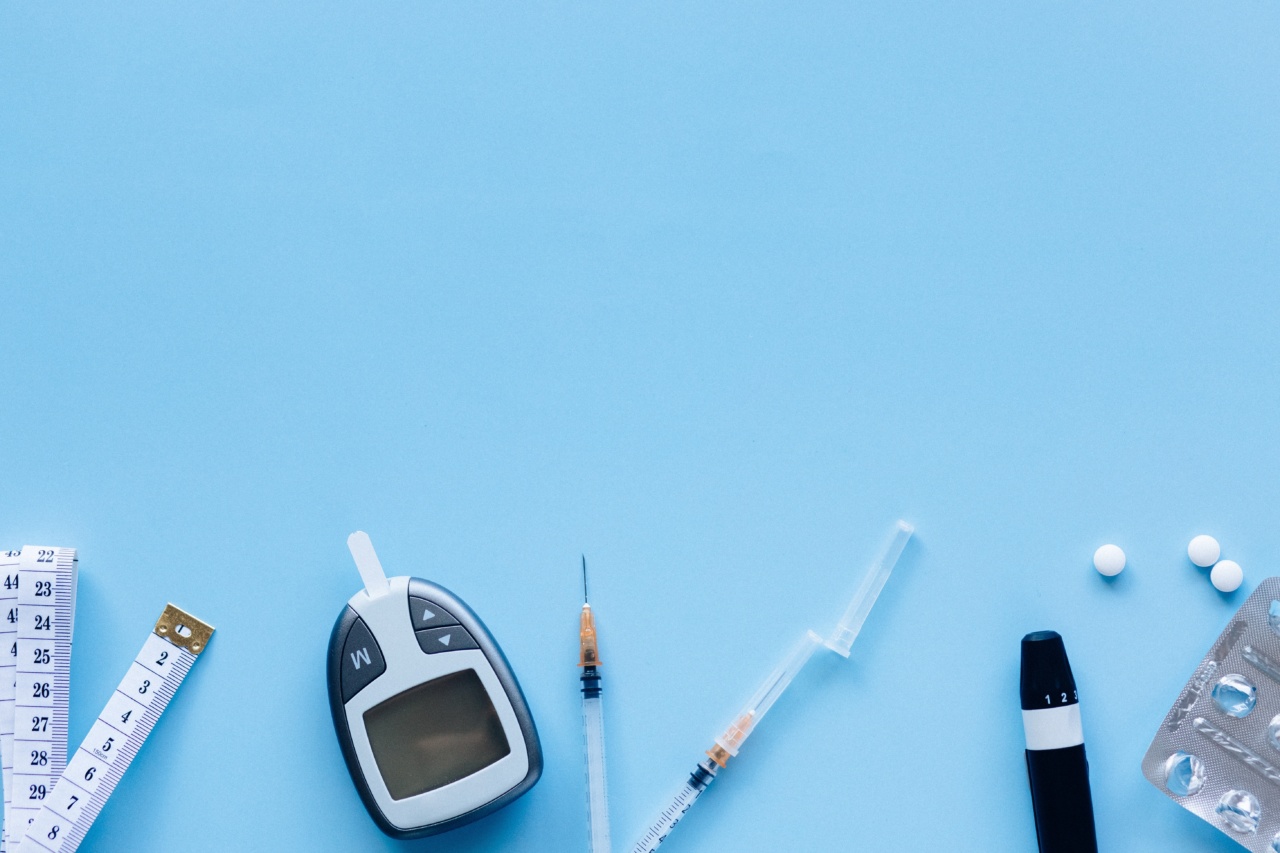Diabetes management has come a long way since the discovery of insulin in the 1920s. Over the years, various advancements have been made to improve the lives of individuals living with diabetes.
One such innovation that has revolutionized diabetes care is the sensor-enabled insulin pump. This cutting-edge technology has transformed the way diabetes is managed, offering greater convenience, accuracy, and control for patients. In this article, we will explore how sensor-enabled insulin pumps are changing the game in diabetes management.
The Basics of Sensor-Enabled Insulin Pumps
Sensor-enabled insulin pumps combine the benefits of continuous glucose monitoring (CGM) systems with the convenience of insulin pump therapy. These devices consist of three main components: a glucose sensor, a transmitter, and an insulin pump.
The glucose sensor is a small, flexible wire that is inserted under the skin and measures glucose levels in the interstitial fluid.
This data is transmitted to a small device called a transmitter, which wirelessly sends the glucose readings to the insulin pump. The insulin pump, in turn, calculates and delivers the appropriate amount of insulin based on the sensor readings and the user’s programmed settings.
Improved Accuracy and Control
Sensor-enabled insulin pumps offer improved accuracy and control over traditional methods of diabetes management.
By continuously monitoring glucose levels, these devices provide real-time data that can help users make informed decisions about their insulin dosage and dietary choices.
With sensor-enabled insulin pumps, users can set customizable insulin delivery profiles based on their individual needs and preferences. This allows for personalized insulin dosing throughout the day, ensuring optimal blood sugar control.
The ability to visualize glucose trends and make adjustments in real-time can help individuals with diabetes avoid dangerous highs and lows in their blood sugar levels.
Enhanced Convenience and Quality of Life
One of the key advantages of sensor-enabled insulin pumps is the convenience they offer. These devices eliminate the need for regular fingerstick blood glucose testing, as the sensor continuously monitors glucose levels.
This reduces the discomfort and inconvenience associated with multiple daily finger pricks.
In addition, sensor-enabled insulin pumps simplify mealtime insulin dosing.
Some pumps offer a feature known as “bolus calculation,” where the device calculates the required insulin dose based on the user’s current glucose reading and carbohydrate intake. This eliminates the need for manual calculations and reduces the risk of dosing errors.
Furthermore, sensor-enabled insulin pumps often come with smartphone apps or handheld devices that allow users to access their glucose data on the go.
This enables individuals with diabetes to discreetly check their glucose levels and adjust their insulin doses without drawing attention to themselves.
User-Friendly and Intuitive
Sensor-enabled insulin pumps are designed with user-friendliness and ease of use in mind.
These devices typically have colorful touchscreens, intuitive menus, and straightforward navigation, making them accessible to individuals with varying levels of tech-savviness.
Most sensor-enabled insulin pumps also offer customizable alerts and alarms to notify users of low or high glucose levels. These alerts can be set to sound or vibrate, ensuring users are promptly alerted to any impending hypoglycemia or hyperglycemia.
Integration with Continuous Glucose Monitoring
As mentioned earlier, sensor-enabled insulin pumps integrate the benefits of continuous glucose monitoring (CGM) systems. This combination allows for seamless tracking of glucose levels and insulin delivery in one device.
By consolidating these functions, individuals with diabetes can streamline their diabetes management and reduce the number of devices they need to carry.
CGM integration also allows for real-time data sharing.
Some sensor-enabled insulin pumps can transmit glucose data to compatible smartphones or handheld devices, allowing caregivers or healthcare providers to remotely monitor a patient’s glucose levels and make adjustments to their treatment plan if necessary.
Increased Treatment Adherence
Managing diabetes requires consistent and diligent self-care. Lack of adherence to medication and lifestyle recommendations can lead to poor blood sugar control and potentially serious complications.
Sensor-enabled insulin pumps can help improve treatment adherence by simplifying diabetes management and providing users with valuable insights into their glucose patterns.
By offering personalized and data-driven recommendations, these devices empower individuals with diabetes to take control of their condition and make informed decisions about their health.
The added convenience and accuracy provided by sensor-enabled insulin pumps can make diabetes management feel less burdensome, leading to better treatment adherence and improved overall health outcomes.
Challenges and Limitations
While sensor-enabled insulin pumps offer numerous benefits, they also present certain challenges and limitations. Firstly, these devices can be costly, as they often require ongoing expenses for sensors, transmitters, and supplies.
Affordability and insurance coverage may be barriers to access for some individuals.
There may also be a learning curve associated with using sensor-enabled insulin pumps.
Users need to familiarize themselves with the device’s functionality, including how to insert and calibrate the sensor, adjust insulin delivery settings, and interpret glucose data. Healthcare providers play a crucial role in providing education and support to help individuals effectively use these devices.
Another limitation is the occasional need for confirmatory fingerstick blood glucose measurements.
Although sensor readings are generally accurate, they may still require occasional verification with traditional fingerstick testing to ensure accurate insulin dosing and treatment decisions.
The Future of Diabetes Management
Sensor-enabled insulin pumps represent just one facet of the continuous evolution of diabetes management technology.
The future holds promising developments in this field, including advancements in sensor technology, improved integration with smartphones and wearable devices, and the potential for closed-loop systems.
Closed-loop systems, or “artificial pancreas” systems, aim to fully automate insulin delivery based on real-time glucose readings.
These systems would not only eliminate the need for manual insulin adjustments but also further optimize blood sugar control by adjusting insulin delivery in response to fluctuations in glucose levels. As research and development continue, closed-loop systems hold the potential to revolutionize diabetes management even further.
In Conclusion
Sensor-enabled insulin pumps have significantly changed the game in diabetes management. These innovative devices offer increased accuracy, control, convenience, and quality of life for individuals with diabetes.
By integrating continuous glucose monitoring and insulin delivery into one device, sensor-enabled insulin pumps simplify and streamline diabetes care. While challenges and limitations exist, ongoing advancements in technology hold great promise for the future of diabetes management.






























